Typewriters has earned a place in a writer’s heart. Unfortunately, while the majority of younger generations have seen typewriters, few have used them. They didn’t get to enjoy the “fun” of using a typewriter eraser or liquid paper to rectify those unavoidable errors.
Typewriters are an amazing tool. A typewriter is a machine that makes letters on paper by forcing a steel type to strike a ribbon and transfer ink from the ribbon to the paper when the user presses a key. From the late 1800s through the late 1900s, typewriters were widely utilized until computers became ubiquitous.
Pellegrino Turri
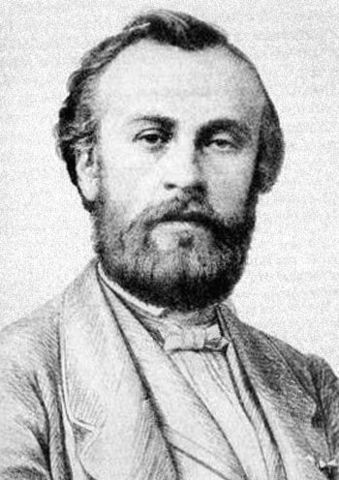
Pellegrino Turri was an accomplished Italian mechanic. He is credited with creating the first functional model of a typing machine, more generally referred to as a typewriter. Carbon paper, which acted as the machine’s ink, was also invented by him.
Many early typewriters were designed to help the blind write, like in the instance of Italian inventor Pellegrino Turri and his creation in 1808. Turri built a mechanism that allowed Contessa Fantoni, a childhood friend who was blind at the time, to connect with the rest of the world, inspired by his love for her. The love tale in Carey Wallace’s The Blind Contessa’s New Machine was inspired by their warm letters.
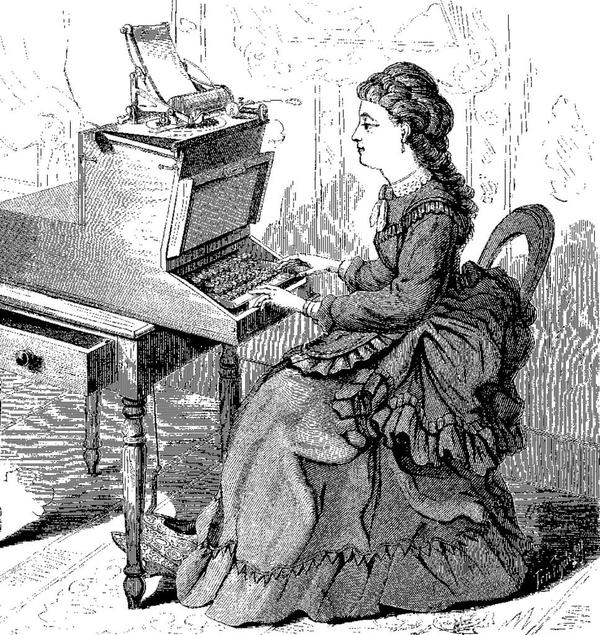
Another version of the story suggested that Agostino Fantoni of Fivizzano, nephew of the Italian poet Labindo, built the machine in 1802 to assist his blind sister, whereas Turri just modified Fantoni’s mechanism and invented carbon paper in 1806.
Despite the fact that little is known about the machine, some of the countess’s letters have survived. Carey Wallace’s 2010 novel The Blind Contessa’s New Machine is based on their life, however, it is a semi-fictional narrative that depicts them as lovers despite the fact that the remaining letters make no mention of any affair.
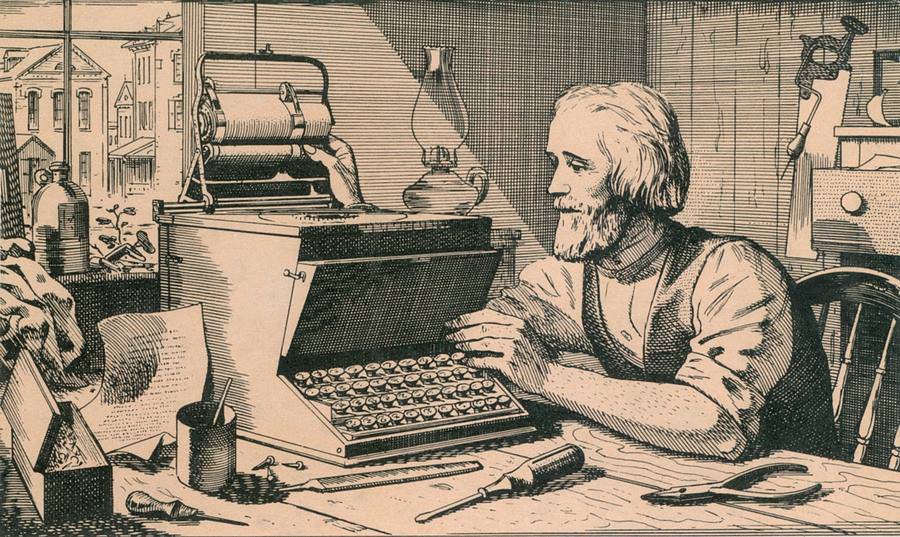
Around 1714, British engineer Henry Mill submitted a patent for an artificial machine that would transcribe or impress letters one after another, laying the groundwork for the typewriter. Despite the fact that he patented the concept, there was no indication that he intended to or had built the first physical typewriter. The earliest operational model, however, is credited to Italian Pellegrino Turri, who created one for a blind buddy in 1808.
If you are wondering if this amazing machine is still used, yes! In places where stable electricity is not always available, machines are still commonly utilized. The plus point is there are now both electric and non-electric typewriters available.
Getting the original typewriter is, of course, advised for the best experience. The main reason for this is that they are largely cosmetic and give off a nice vibe.
Sources:Kidskonnect, People Pill, World Creative Science Academy, Alchetron,Dictionary.com, Medium

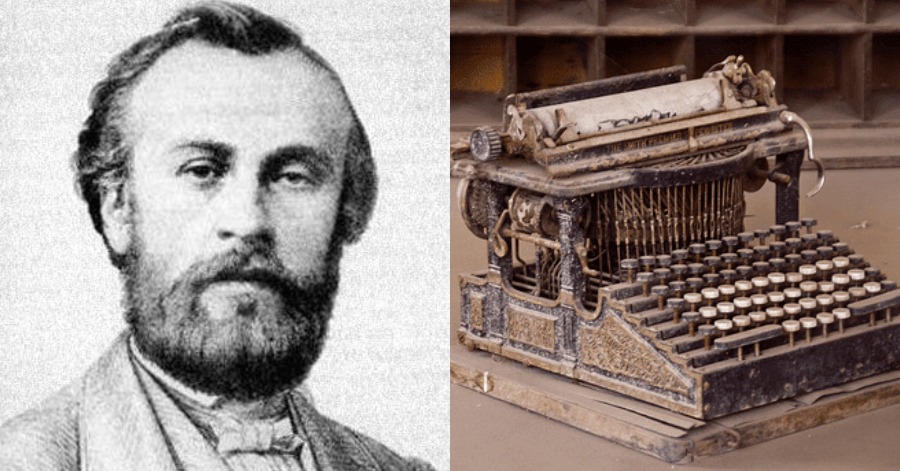

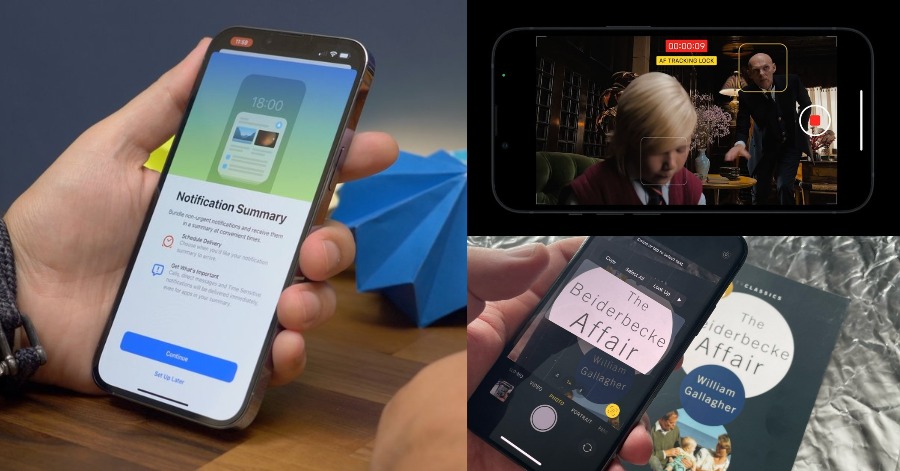



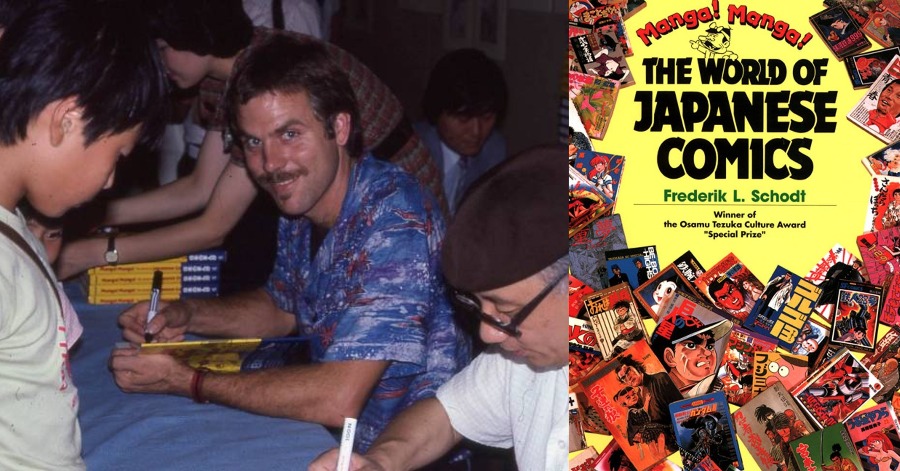

Leave a Comment